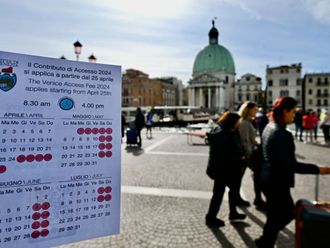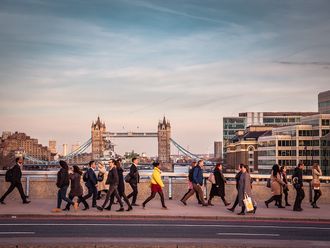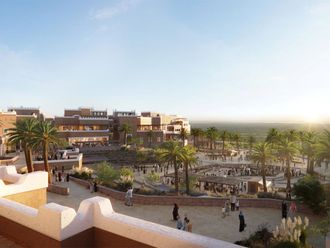Egypt will begin streaming live videos online from key tourist sites to show the “real picture of what is happening” in the country as it seeks to double its tourism revenues and visitors in 10 years, Egypt’s tourism minister said yesterday.
It is targeting tourism revenue of $25 billion and tourist inflows of 30 million by 2020.
Protests in Tahrir Square, downtown Cairo or the presidential palace do not reflect the “tourism reality” in all of Egypt, said Hisham Zaazou, Egyptian tourism minister, said in a press conference in Dubai ahead of the Arabian Travel Market (ATM).
“International media focus is on scenes that make it seem like all of Egypt is unstable and ablaze. But this is only constrained to one square kilometre in Cairo compared to one million squared kilometres of Egypt. The situation in all of Egypt is being reduced to this one area,” said Hisham Zaazou, Egyptian tourism minister, in a press conference in Dubai ahead of the Arabian Travel Market (ATM).
Egypt will transmit live feeds from tourist sites in Sharm Al Shaikh, Hurghada, Luxor and Aswan with date and time stamps to show the situation on the ground, he said, adding that streaming videos from Cairo will be launched later to show that protests are limited to certain areas for a few hours.
The tourism ministry has also signed a protocol pact with the Egyptian telecommunications ministry to encourage international search companies such as Google to promote Egyptian tourism destinations starting July 1, he said, adding that there are two billion Internet users globally, with 30 per cent using it for tourism from browsing to transactions.
“Our tactical strategy has to be practical and realistic. We need to think outside the box and this is what we’re doing now.”
Egypt is also looking into open new markets in South East Asia and Latin America to attract tourists, he said.
It is seeking a tie-up with Emirates airlines to carry tourists from their long-haul routes such as Buenos Aires and Sao Paulo to Egypt as a joint destination with Dubai, he said.
“Tourists from Latin America and Asia don’t come to the Middle East for one country. With a network like Emirates, we can co-operate with them to bring visitors from long-distance routes to Egypt and merge it with Dubai,” he said, adding that he will propose the idea to officials in Dubai during ATM.
He emphasised that Egypt and Dubai have different tourism products and that Dubai’s tourism strategy should be studied. “We have the Nile and the original pyramid. Dubai can build a pyramid tomorrow but people will want to see the original.”
As part of its “attraction and accessibility” strategy, Egypt is easing visa procedures for some nationalities such as Moroccans and Indians and soon launching flights from Delhi to Cairo.
“Egypt has its arms open to Arab and Gulf visitors. Summer and Ramadan has a special flavour in Egypt… Cairo nights are still there and doing well,” he said.
Religious fatwas
Asked how the religious fatwas issued by some Islamists in Egypt against beach wear and Pharoanic statues being idols are affecting tourism, Zaazou said the number of these fatwas has declined following dialogue between the tourism industry and heads of Islamic parties.
“Dialogue is the best way around the problem. We will reach common ground,” he said, adding that some fatwas reflect individuals’ positions that are outdated and unrelated to Islam.












